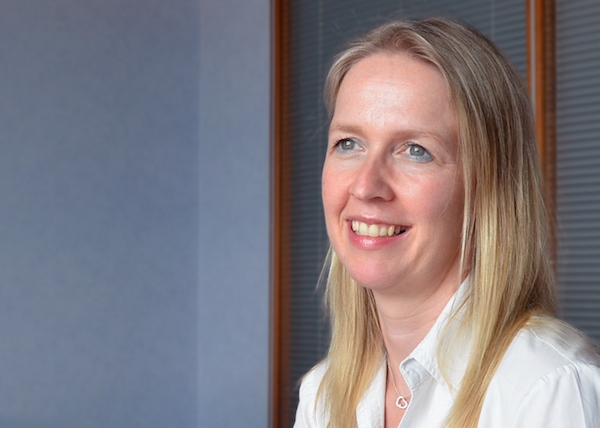It seems a long time since we had an annual allowance (AA) of £255,000. These days most pension savers are restricted to £40,000, but the money purchase annual allowance (MPAA) and the horribly complex tapered annual allowance (TAA) impose significant further restrictions for many. HMRC’s pension contribution statistics for 2016-17 tax year give us the first indication of the impact of the tapered annual allowance, and it’s not pretty.
Prior to the cut in AA from £255,000 the total value of excess contributions reported were minimal, peaking at £8m in 2008-09 with just 190 individuals impacted. The figures jumped into the £100-180(ish)m bracket for the periods 2011-12 to 2015-16 when the AA was cut to £50,000 and then £40,000. In 2016-17 this figure soared to £517m with 16,590 individuals reporting pension contributions above their available allowance.
Unsurprisingly, this means we have seen a big increase in the number of members using scheme pays. In many cases compulsory scheme pays isn’t an option – the £40,000 AA isn’t the issue, it’s the MPAA or, most commonly, TPAA.
Voluntary scheme pays can pay any AA charge. Technically speaking there are no deadlines for its use, be careful though as the member remains personally liable and payment is due by the usual self-assessment deadline – i.e. 31 Jan the following year. Just don’t forget to take into account the fact that pension schemes pay the tax to HMRC via their quarterly return, with a due date six weeks after quarter end. So to guarantee the deadline isn’t missed it needs to be deducted from the scheme in the quarter ending 30 Sept return.
We’ve also seen more cases where we’re asked to pay a charge that has arisen in another scheme – especially DB schemes. This can be good planning as not only do many DB schemes not offer voluntary scheme pays, but even if they do, it may not always be the best way to pay.
Under DB scheme pays effectively a loan is taken which is repaid when benefits start (or transfer out). At the time the charge is paid, it isn’t clear what it’s actually going to cost in benefits forfeited. Interest is charged on the amount paid to HMRC, and once the debt is calculated the Scheme Actuary will reduce the benefits accordingly.
Looking at the NHS scheme as an example, currently the interest is calculated as the previous September’s CPI figure plus 2.8% (reducing to 2.4% from April 2019). Clearly scheme pays from DB schemes can be an expensive way of paying the annual allowance charge, especially for those furthest from retirement.
For younger DB scheme members who are not yet restricted by the TAA, but are likely to be in the future, it may be worth funding a DC scheme while they can with full tax relief. This would mean that when their allowance is restricted they can use their DC pot to pay the charge arising from their DB accrual. This could significantly soften the impact of the TAA.
Lisa Webster is technical resources consultant at AJ Bell
Lisa Webster: Softening the annual allowance blow
- Details
- Category: Comment and Blogs

